文章詳情頁
JavaScript中常見的幾種獲取元素的方式
瀏覽:211日期:2022-06-10 15:37:02
1.根據id獲取元素
document.getElementById("id屬性的值");
返回值是一個元素對象
案例:點擊按鈕彈框
<body><input type="button" value="彈框" id="btn"><script> //根據id屬性的值從文檔中獲取這個元素 var btnobj = document.getElementById("btn"); //為當前的這個按鈕元素(對象),注冊點擊事件,添加事件處理函數(匿名函數) btnobj.onclick = function () {//響應做的事情alert("碼仙"); };</script></body>
2.根據標簽名字獲取元素 document.getElementsByTagName("標簽的名字");
返回值是一個偽數組
案例:點擊按鈕改變多個p標簽的文字內容
<body><input type="button" value="改變" id="btn"><div id="dv"> <p>哈哈,我又變帥了</p> <p>哈哈,我又變帥了</p> <p>哈哈,我又變帥了</p> <p>哈哈,我又變帥了</p> <p>哈哈,我又變帥了</p></div><script> //根據id獲取按鈕,注冊點擊事件,添加事件處理函數 document.getElementById("btn").onclick = function () {//根據標簽名字獲取標簽var pObjs = document.getElementsByTagName("p");//var pObjs=document.getElementById("dv1").getElementsByTagName("p");//循環遍歷這個數組for (var i = 0; i < pObjs.length; i++) { //每個p標簽,設置文字 pObjs[i].innerText = "我們都是p";} };</script></body>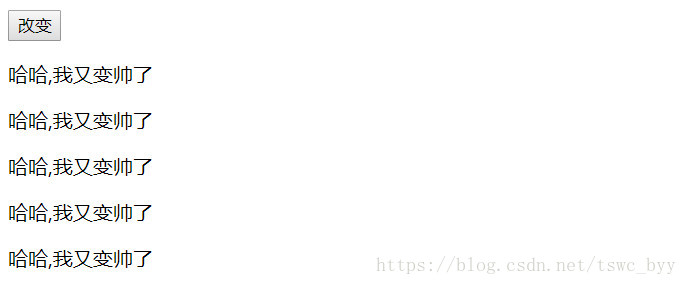
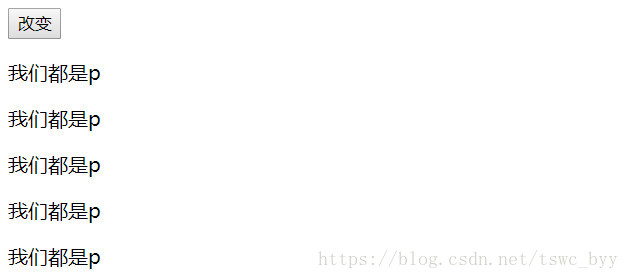
3.根據name屬性的值獲取元素 document.getElementsByName("name屬性的值");
返回值是一個偽數組
案例:案例:點擊按鈕,改變所有name屬性值為name1的文本框中的value屬性值
<body><input type="button" value="顯示效果" id="btn"/><br/><input type="text" value="您好" name="name1"/><br/><input type="text" value="您好" name="name2"/><br/><input type="text" value="您好" name="name1"/><br/><input type="text" value="您好" name="name3"/><br/><input type="text" value="您好" name="name1"/><br/><input type="text" value="您好" name="name1"/><br/><script> //點擊按鈕,改變所有name屬性值為name1的文本框中的value屬性值 document.getElementById("btn").onclick = function () {//通過name屬性值獲取元素-------表單的標簽var inputs = document.getElementsByName("name1");for (var i = 0; i < inputs.length; i++) { inputs[i].value = "我很好";} };</script></body>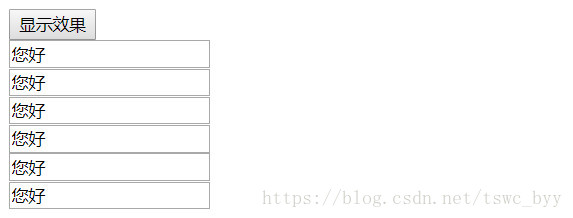
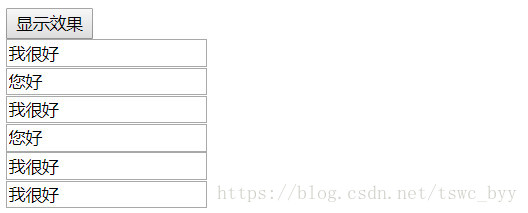
4.根據類樣式的名字獲取元素 document.getElementsByClassName("類樣式的名字");
返回值是一個偽數組
案例:修改所有文本框的值
<body><input type="button" value="修改文本框的值" id="btn"/><br/><input type="text" value=""/><br/><input type="text" value=""/><br/><input type="text" value=""/><script> //根據id獲取按鈕,為按鈕注冊點擊事件,添加事件處理函數 document.getElementById("btn").onclick = function () {//獲取所有的文本框//根據類樣式的名字獲取元素var inputs = document.getElementsByClassName("text");for (var i = 0; i < inputs.length; i++) { inputs[i].value = "碼仙";} };</script></body>

5.根據選擇器獲取元素 1.document.querySelector("選擇器");
返回值是一個元素對象
案例:點擊按鈕彈框
<body><input type="button" value="顯示效果1" id="btn"/><input type="button" value="顯示效果2"/><script> //點擊按鈕彈出對話框 //根據選擇器的方式獲取元素 var btnObj1 = document.querySelector("#btn"); btnObj1.onclick = function () {alert("我變帥了"); }; var btnObj2 = document.querySelector(".btn"); btnObj2.onclick = function () {alert("哈哈,我又變帥了"); };</script></body>

2.document.querySelectorAll("選擇器");
返回值是一個偽數組
案例:修改所有文本框的值
<body><input type="button" value="修改文本框的值" id="btn"/><br/><input type="text" value=""/><br/><input type="text" value=""/><br/><input type="text" value=""/><script> document.getElementById("btn").onclick = function () {//根據選擇器的方式獲取元素var inputs = document.querySelectorAll(".text");for (var i = 0; i < inputs.length; i++) { inputs[i].value = "碼仙";} };</script></body>

到此這篇關于JavaScript中常見的幾種獲取元素的方式的文章就介紹到這了,更多相關js 獲取元素內容請搜索以前的文章或繼續瀏覽下面的相關文章希望大家以后多多支持!
標簽:
JavaScript
相關文章:
排行榜
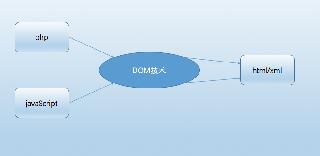
 網公網安備
網公網安備